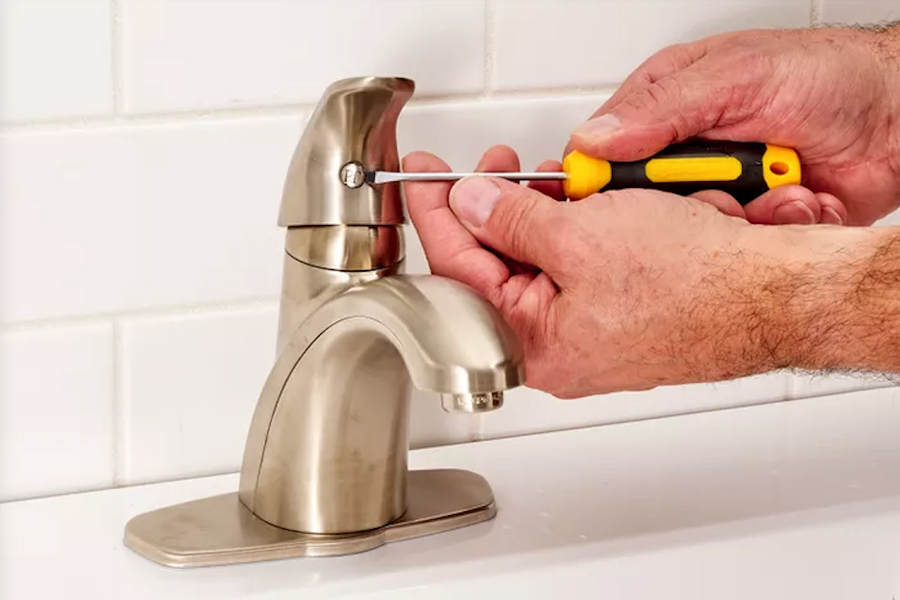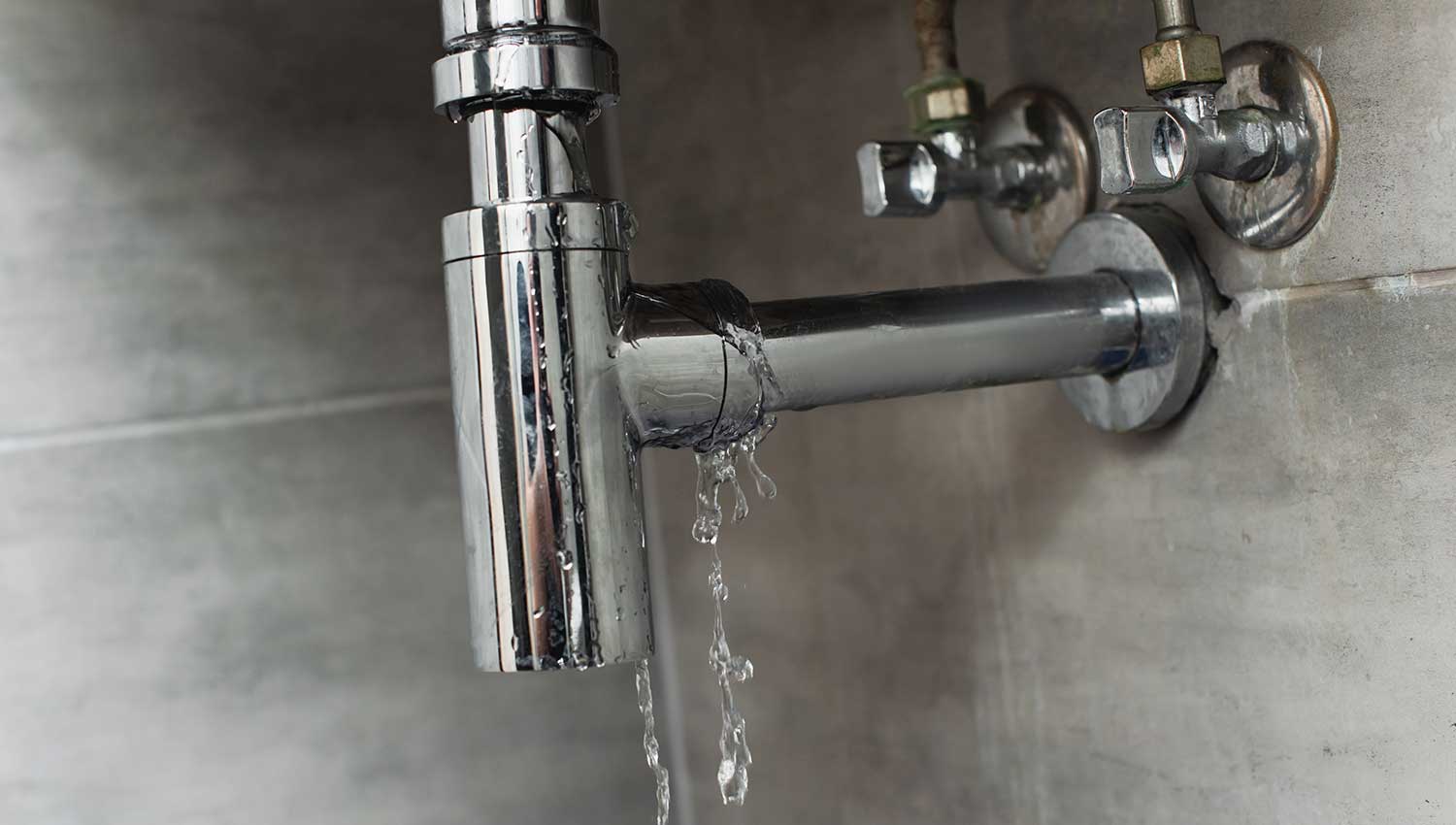Understanding Why a Damaged Faucet Would Harm Your Home
Understanding Why a Damaged Faucet Would Harm Your Home
Blog Article
Everyone has their own idea on the subject of Health Risks Posed by Leaking Faucets.

Intro
A leaking faucet might feel like a small nuisance, but its consequences expand far beyond the periodic drip. Comprehending the results of a leaking tap is vital for both property owners and the environment. In this post, we'll explore the different impacts of this typical household problem and why resolving it quickly is essential.
Sources Of Leaky Faucets
Leaking taps can result from a range of variables, including deterioration, high water stress, and deterioration. In time, the continuous use taps can bring about damaged seals and gaskets, creating leakages to establish. Additionally, too much water pressure can place pressure on plumbing fixtures, resulting in leaks. Rust and rust can likewise compromise faucet components, making them prone to leak.
Water Waste
One of the most substantial repercussions of a leaky tap is water waste. Even a tiny drip can amount to gallons of wasted water over time. This not just drives up water costs however also contributes to water deficiency and ecological degradation. Resolving leaky taps quickly is critical for saving this priceless resource and lessening its impact on the world.
Financial Influence
In addition to wasting water, leaking taps can additionally have a significant monetary effect. Raised water bills are a direct repercussion of water waste, setting you back home owners thousands of bucks annually. Moreover, the cost of repairing water damage caused by leakages can be considerable, particularly if left ignored for an extended period.
Environmental Effect
The ecological influence of dripping taps prolongs beyond water wastage. By preserving water, house owners can contribute to broader initiatives to alleviate water scarcity and shield all-natural environments. Sustainable options such as rainwater harvesting and water-efficient components can further lower the environmental impact of home water use.
Technological Solutions
Improvements in modern technology have caused the development of smart taps and water-saving tools that help reduce water waste. Smart taps make use of sensors to spot motion and change water circulation appropriately, lowering waste without giving up convenience. Water-saving devices such as aerators and low-flow showerheads are also effective in preserving water without endangering efficiency.
Worldwide Point of views
While leaking faucets might feel like a local issue, they add to more comprehensive worldwide challenges such as water scarcity and environment modification. In areas currently facing water stress, every decline counts, making leak avoidance and repair work crucial. By embracing water-saving practices and purchasing lasting innovations, home owners can play their part in resolving these pressing worldwide problems.
Regulative Measures
Government guidelines play a crucial function in minimizing the impact of leaky faucets and advertising water preservation. From constructing codes that require water-efficient fixtures to water-saving incentives and rebates, policymakers have a range of tools at their disposal. By executing and imposing these policies, governments can guarantee that property owners prioritize water preservation in their every day lives.
Neighborhood Impact
Addressing dripping faucets requires cumulative efforts at the community degree. By raising recognition regarding the importance of water preservation and offering sources for leak discovery and repair, neighborhood authorities can encourage property owners to do something about it. Initiatives such as water-saving refund programs and leakage detection projects can incentivize actions change and promote accountable water use.
Case Studies
Real-life examples of the impact of dripping faucets emphasize the value of aggressive upkeep and prompt repair work. From water damage to escalating water expenses, the repercussions of neglecting leakages can be serious. By sharing these case studies, property owners can better understand the significance of addressing leaky taps immediately.
Educational Campaigns
Educational campaigns play an important role in increasing awareness concerning the impacts of leaky taps and promoting water preservation methods. Through workshops, workshops, and online resources, house owners can discover how to detect and fix leaks themselves. By equipping people with understanding and devices, educational projects can foster a culture of liable water usage within neighborhoods.
Wellness Concerns
Dripping taps can create favorable settings for mold and mildew and mildew growth, positioning wellness threats to owners. The presence of mold can intensify breathing problems and allergic reactions, especially in prone individuals. Furthermore, water damage arising from leakages can jeopardize the structural integrity of structures and bring about expensive repair services.
DIY vs. Professional Fixing
When confronted with a leaky tap, house owners typically debate whether to try repair work themselves or work with an expert plumber. While do it yourself fixings can conserve money, they may not constantly attend to the underlying concern efficiently. Specialist plumbing technicians have the knowledge and tools to diagnose and repair leakages appropriately, guaranteeing long-lasting options and peace of mind for property owners.
Preventive Measures
Stopping dripping taps calls for normal upkeep and aggressive actions. Simple jobs such as changing damaged washing machines and seals can stop leaks from developing. Additionally, updating to high-grade components and minimizing water pressure can assist lengthen the lifespan of taps and reduce the risk of leaks.
Final thought
To conclude, the impacts of a leaking tap prolong far past the occasional drip. From water wastage and boosted water bills to health issues and environmental impact, the effects of disregarding leakages can be significant. By addressing leaking taps promptly and embracing water-saving methods, house owners can mitigate these effects and contribute to a much more lasting future.
Causes and Consequences of a Leaky Faucet
Although it’s a relatively common issue, many people don’t know what causes a leaky faucet. Additionally, few homeowners are familiar with the consequences of leaky taps, causing them to ignore the problem. However, much of the damage caused by leaky faucets can be prevented by reacting swiftly.
In this article, we’ll provide a better understanding of leaky faucets by listing their causes and consequences.
What causes a leaky faucet?
Many internal pieces of the faucet responsible for turning the water on and off can break. Consequently, they can’t function correctly and will give rise to leaks. Here are a few common causes of leaks:
Loose washers
The washer opens and closes when turning the faucet on and off. This movement produces friction, causing wear and tear. Over time, the washer gets worn out and won’t fit closely to the valve seat, leading to a leak.
Worn out O-rings
O-rings seal gaps between the internal parts of the faucet. If they fail, water can seep through these gaps and result in a leaky faucet.
Poor seals
Many faucets have inlet seals that let water freely flow when turning the faucet on and stop when it is turned off. If there’s too much sediment or water pressure, the seals can suffer damage and cause the faucet to leak.
Corroded valve seat
The valve seat sits at the bottom of the faucet’s mechanism. It plays a part in turning the tap on and off, and it can corrode due to repeated usage. If so, water will be dripping around the handle area.
Worn out faucet cartridge
Single-handle faucets have a faucet cartridge that helps control the water flow. Due to normal wear and tear, the cartridge can start leaking.
What are the consequences of a leaky faucet?
High water bills – Dripping faucets can lead to much higher water bills due to the amount of water wasted. In particular, as much as 17 gallons of water can be wasted during a single day if a faucet has about one drip per second. Mold and rot – Mold can develop in any moist area, making the area around leaky faucets an ideal breeding ground. Also, any wooden elements affected by the leak can eventually rot. Overflows and drain clogs – If the leak persists for a while, it can cause a lot of stress on the plumbing system and lead to overflows and drain clogs. Water stains – Minerals accumulating in the sink due to a leaky faucet can be quite tricky to remove. In the worst-case scenario, you might need to buy a new sink. https://www.jimmyjoesplumbing.com/blog/causes-and-consequences-of-a-leaky-faucet

I hope you liked our excerpt about Here's How to Fix a Leaky Faucet. Thank you so much for taking the time to browse our piece. Are you aware of anybody else who is excited about Here's How to Fix a Leaky Faucet? Take a moment to share it. Thanks for your time invested reading it.
Report this page